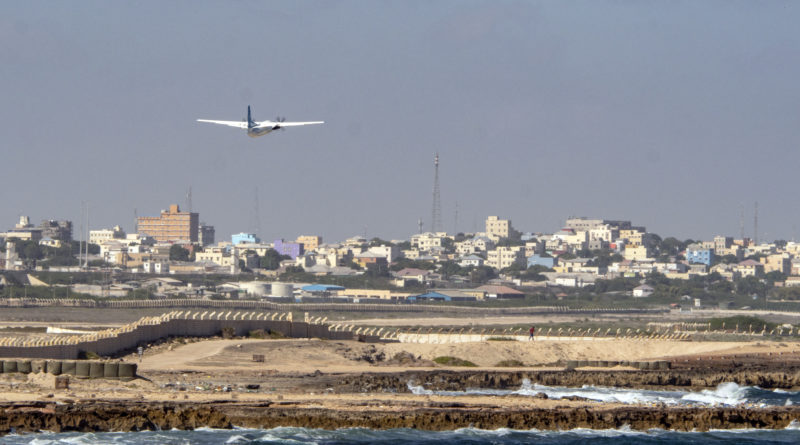Who Carried Out the Mogadishu Bombing?
28,231 total views, 1 views today
On December 28, an explosion rocked Mogadishu, the capital of Somalia. The blast killed at least 79 people, including two Turkish nationals, 17 police officers, and numerous students in addition to injuring at least 149 additional people. An international organization working in Somalia said that the attack occurred at a busy checkpoint.
At the moment, it is unclear whether a terrorist group carried out the attack or a lone wolf perpetrated it. Attacks such as the December 28 explosion are not uncommon in Somalia, where the al Qaeda-associated Islamist group al Shabab frequently launches such attacks to cause instability within the ranks of the Somalian government. Since the United Nations and the African Union support the Somalian government, al Shabab stands directly opposed to it and is known to take action against it, though the group has yet to take responsibility for the December 28 attack.
Despite the brutality of the December 28 attack, the event is far from the most lethal in the country’s history. In October 2017, a bomb hidden in a truck exploded near a fuel tanker in the Somalian capital, ultimately claiming 600 lives. However, both the October 2017 attack and the December 28 attack claimed far more lives than the events for which al Shabab tends to take responsibility. The group is known to only claim responsibility for smaller-scale attacks.
At the time of the December 28 attack, Turkish nationals were constructing a road from the attacked checkpoint into Mogadishu. Turkey confirmed the deaths of two of these nationals shortly after the attack. The Middle Eastern country has a long relationship with Somalia, donating to the African country regularly since early in the decade to help it thwart national famine. In return, Somalia has allowed Turkey and Qatar to undertake medicine and infrastructure projects within its borders that these countries not might be able to carry out domestically. No Qatari nationals were reported dead or injured in the blast.
Somalia has long existed in a state of national conflict. In 1991, clans in the country overthrew the country’s dictator, Siad Barre, in an attempt to restore justice to the nation. Instead, following Barre’s ouster, several clans turned against each other, resulting in nationwide war and violence. 15 years later, when Islamic courts attempted to reel in the nation’s violence, the resulting fallout birthed al Shabab. A militant faction of the Ethiopian soldiers that quashed the Islamic Courts Union later divided into factions including a youth wing that transformed into al Shabab, which joined al Qaeda’s ranks in 2012. Since its founding, al Shabab has attacked not just Somalian cities, but sites in Kenya, Uganda, and other African countries as well.
Despite al Shabab’s frequent activity since its founding 13 years ago, the December 28 attack stands out due to its timing. The attack was carried out at approximately 8 a.m. local time, during the city’s rush hour, when more people are present than at almost any other time of day. This timing may account for the high death toll, potentially raising questions about whether al Shabab has even deadlier activities planned for the near future – if they were behind the December 28 attack at all.

